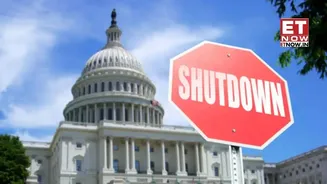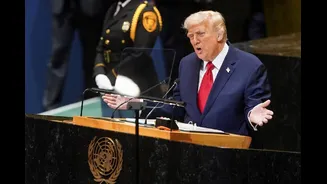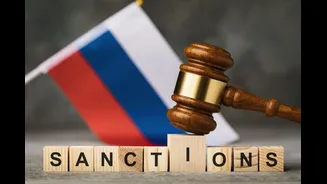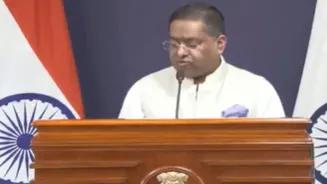Senate Vote Success
The US Senate cast a vote to bring an end to the longest government shutdown, which had persisted for a duration of 40 days. This decision marked a turning
point, with at least seven Democrats reportedly providing backing for the accord proposed by President Donald Trump and Republican lawmakers. If the legislation successfully made its way through Congress, the prevailing gridlock would be eliminated. Subsequently, the bill was scheduled to proceed to the House of Representatives for review and approval, and then to President Trump for his signature, solidifying its enactment. This decisive vote demonstrated a potential breakthrough in resolving the impasse.
Funding Restoration Efforts
Following the record-breaking shutdown, the Senate initiated a series of votes with the main goal of restoring federal funding. This measure was a crucial element of the plan to bring the government back to its operational capacity and to address the pressing issues that had been neglected during the shutdown period. The Senate's commitment to restoring funding showcased its dedication to fulfilling its core responsibilities and alleviating the adverse effects of the shutdown on various government functions. The objective was to get the wheels of government turning once more, ensuring the stability and functionality of the US system.
Deal's Outlines Emerge
The details of the agreement emerged, revealing the contours of the deal that aimed to resolve the impasse. It included critical elements needed to secure the necessary backing from both sides of the aisle. President Trump and the Republicans seemed to have agreed on a consensus. The nature of the agreement aimed to get the government running again. The deal's specifics were crucial to understand the terms of the resolution and the concessions made by different parties to bridge their differences.
Democratic Opposition Arises
During the process, strong resistance emerged from Senate Democratic leaders against the proposed funding plan. This opposition introduced complexities to the negotiations and the prospects for a unified resolution. The Democrats expressed reservations and concerns about various components of the proposal. These different viewpoints highlighted the deep-seated disagreements and the challenges involved in achieving a consensus. The outcome would depend on how these differing interests could be reconciled, and whether a compromise could be reached that addressed everyone's requirements.















